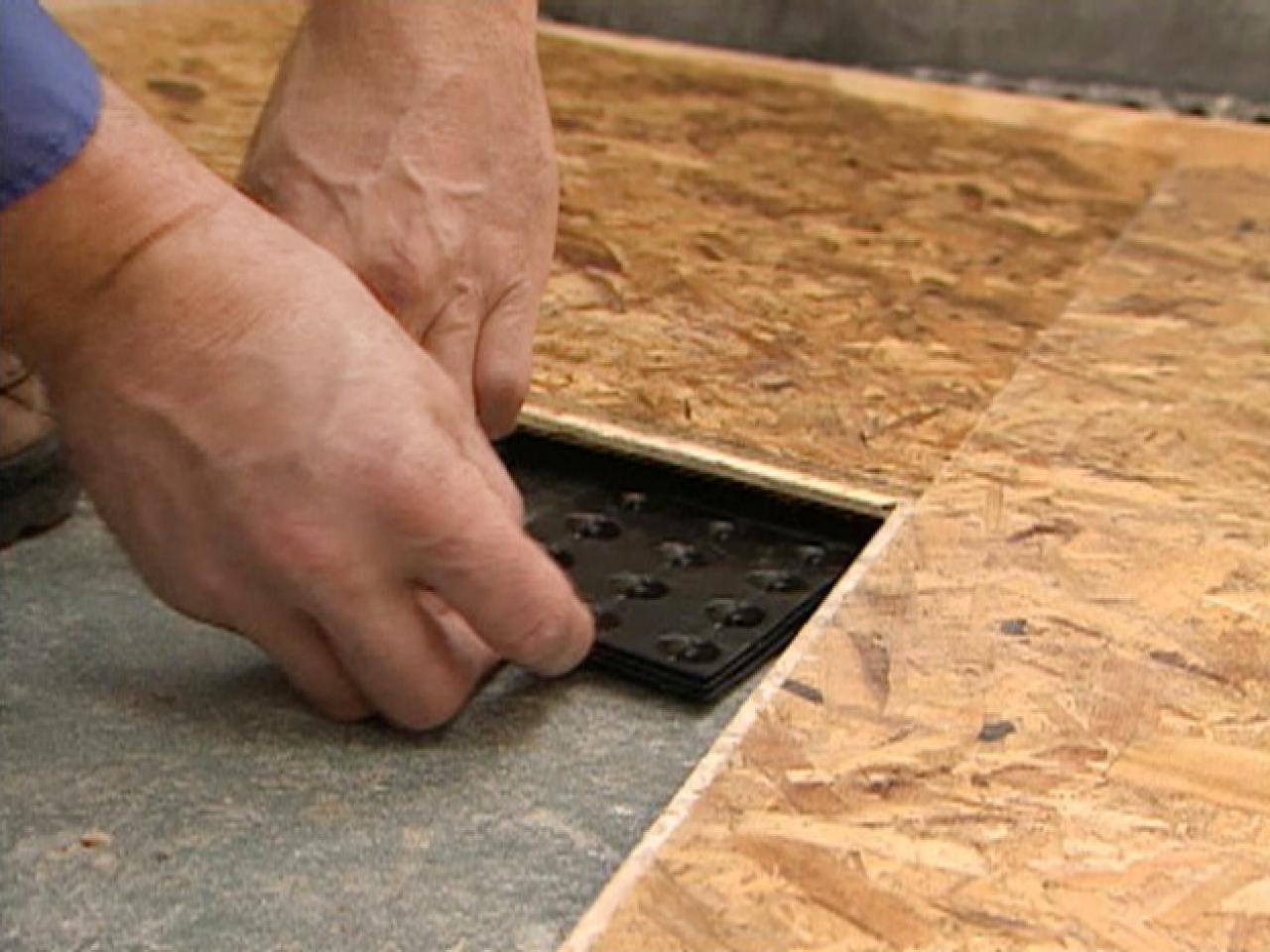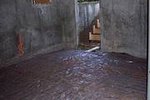Transforming a damp, cold basement into a comfortable living space starts from the ground up. Basement sub flooring systems are the unsung heroes in this metamorphosis, providing a crucial barrier against moisture, insulation against chill, and a stable foundation for your finished floor. These innovative systems tackle the unique challenges of below-grade spaces, offering solutions that range from interlocking tiles to raised panels. By understanding the options available, you can turn your basement from a neglected area into a warm, dry, and inviting extension of your home.
Basement Sub Flooring Systems
On some other hand, ceramic tile or even waterproofed natural hardwood are preferred components since they are unwilling to this damage type. In addition, if you make sure the floor of yours is installed correctly, you will encounter fewer problems with the downstairs room floors down the road. These tests can generally be found in many hardware stores.
The Glassman House: Basement Subfloor
If your basement enables moisture into the room, it will probably ruin any floor your select. What’ll you want to utilize that room of the home of yours for. Leaks that occur once a heavy rain, for instance, indicate that there is a problem with the waterproofing. Many basement flooring tips take into consideration the various types of materials to be utilized for set up.
Pin on Basement
Amdry 2 ft. x 4 ft. Insulated OSB Subfloor Panel The Home Depot Canada Osb, Floating floor
Should I use a subfloor for a finished basement’s floor? – Quora
How to Build a Basement Sub-Floor eHow
Basement Subfloor Options For Dry, Warm Floors
Should I use a subfloor for a finished basement’s floor? – Home Improvement Stack Exchange
How to Build a Basement Sub-Floor eHow
What material is best for soundproofing between basement and first floor? – GreenBuildingAdvisor
Related Posts:




/UnfinishedBasementwithSubflooring-187140679-56a66f0c5f9b58b7d0e26895.jpg)

